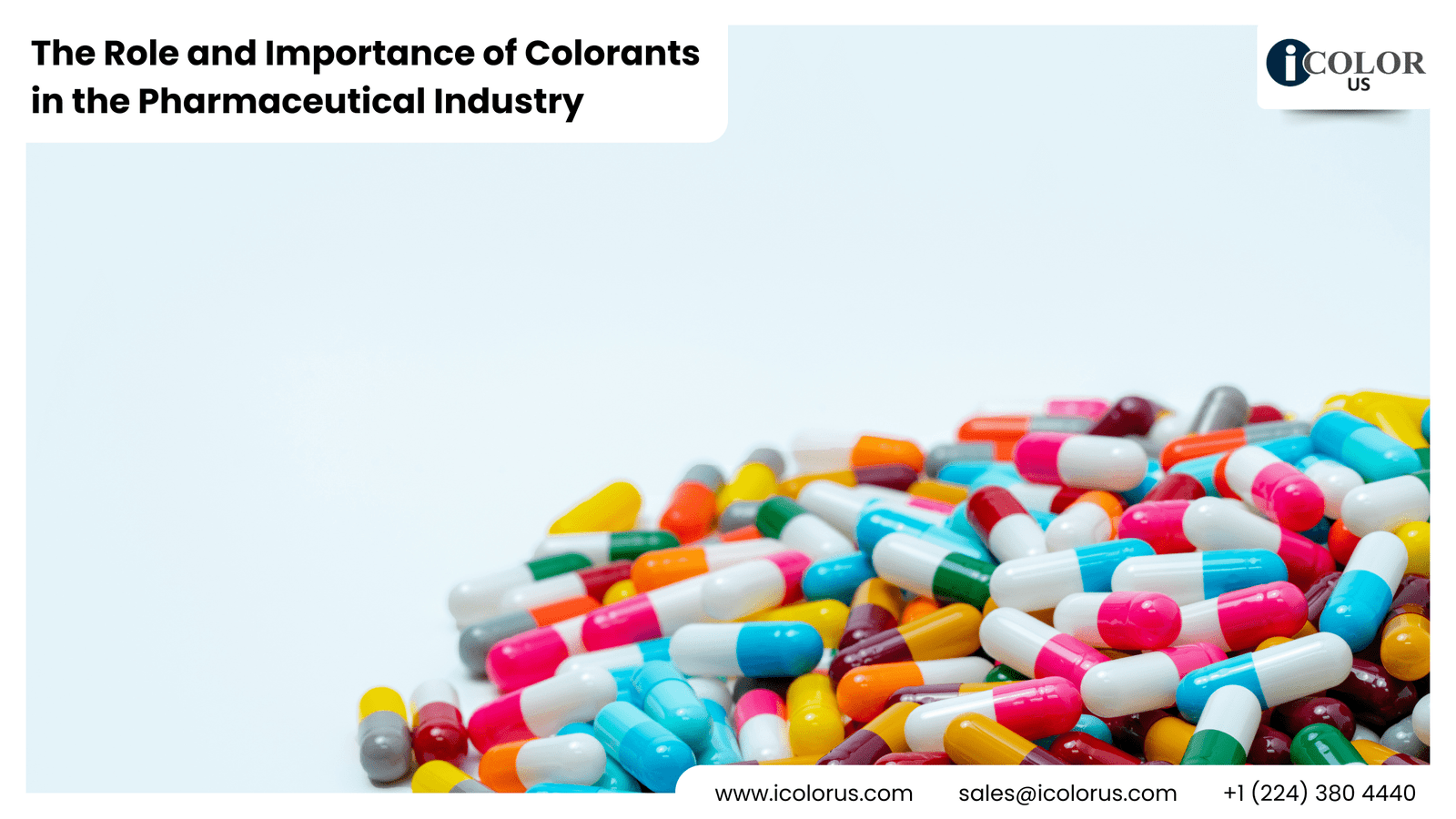The Use of Colorants in the Pharmaceutical Industry
Introduction
Colorants play a crucial role in the pharmaceutical industry, going beyond mere aesthetics. They help in the identification of medications, enhance patient compliance, and ensure safety by differentiating dosages. This article delves into the use of colorants in pharmaceuticals, exploring their history, types, importance, regulations, safety concerns, technological advancements, and environmental impact.
History of Colorants in Pharmaceuticals
The use of colorants in pharmaceuticals dates back to ancient times when natural dyes from plants and minerals were used to distinguish medicinal concoctions. As the pharmaceutical industry evolved, so did the methods of coloring medications. By the 19th century, the advent of synthetic dyes revolutionized the industry, offering a broader spectrum of colors and greater stability.
Types of Colorants Used
Natural Colorants
Natural colorants are derived from plant, mineral, or animal sources. Examples include chlorophyll (green), curcumin (yellow), and carmine (red). These colorants are often preferred for their perceived safety and natural origin.
Synthetic Colorants
Synthetic colorants are chemically manufactured and offer consistent coloring properties. Common types include FD&C Blue No. 1, FD&C Red No. 40, and D&C Yellow No. 10. These colorants are widely used due to their stability and cost-effectiveness.
Why Colorants Are Important
Identification and Branding
Colorants help in the easy identification of medications, reducing the risk of errors. They also play a significant role in branding, making it easier for patients to recognize their medications.
Patient Compliance and Safety
The use of colorants can improve patient compliance, especially among children and the elderly, by making medications more visually appealing. Different colors also help in distinguishing dosages, which is crucial for safety.
Dosage Differentiation
Color coding of medications aids in differentiating dosages, ensuring that patients take the correct amount of their medication. This is particularly important for medications with multiple dosage strengths.
Regulations and Standards
FDA Guidelines
The FDA has stringent guidelines for the use of colorants in pharmaceuticals. Each colorant must be approved and listed under specific categories such as FD&C (Food, Drug, and Cosmetic) colors.
European Regulations
In Europe, the European Medicines Agency (EMA) oversees the use of colorants, ensuring they meet safety and efficacy standards. The European Union also has specific regulations for colorants used in pharmaceuticals.
Global Standards
Globally, the use of colorants in pharmaceuticals is governed by various regulatory bodies, ensuring uniformity and safety across different regions.
Safety Concerns and Toxicity
Potential Risks
While colorants are generally safe, there are concerns about potential allergic reactions and toxicity. Synthetic colorants, in particular, have been scrutinized for their possible adverse effects.
How Safety Is Ensured
To ensure safety, colorants undergo rigorous testing before approval. This includes toxicity studies, allergenicity tests, and continuous monitoring for adverse reactions.
Case Studies
Several case studies highlight the importance of safety in the use of colorants. For instance, the reformulation of certain medications to remove harmful colorants has led to improved patient outcomes.
Technological Advancements
New Methods in Colorant Production
Advancements in technology have led to new methods in colorant production, such as the use of nanotechnology to create more stable and vibrant colors.
Innovations in Natural Colorants
Innovations in natural colorants include the development of new extraction techniques that enhance the color intensity and stability of natural dyes.
Environmental Impact
Sustainable Practices
The pharmaceutical industry is increasingly adopting sustainable practices in the production of colorants. This includes the use of renewable resources and eco-friendly manufacturing processes.
Eco-friendly Colorants
Eco-friendly colorants are being developed to reduce the environmental impact of pharmaceutical production. These include biodegradable and non-toxic alternatives to traditional synthetic dyes.
Case Studies
Successful Implementation of Colorants
Several pharmaceutical companies have successfully implemented colorants to enhance their products. For example, the use of colorants in over-the-counter medications has improved brand recognition and patient compliance.
Lessons Learned
Lessons learned from these implementations include the importance of regulatory compliance and the need for continuous innovation in colorant technology.
The Future of Colorants in Pharmaceuticals
Emerging Trends
Emerging trends in the use of colorants include the development of smart colorants that change color based on environmental conditions or the presence of specific chemicals.
Predicted Changes
Predicted changes in the industry include a greater emphasis on natural and sustainable colorants, driven by consumer demand and regulatory pressures.
Conclusion
Colorants are an integral part of the pharmaceutical industry, playing a vital role in medication identification, patient compliance, and safety. With ongoing advancements and a focus on sustainability, the future of colorants in pharmaceuticals looks promising.
FAQs
What are the most common colorants used in pharmaceuticals?
The most common colorants used in pharmaceuticals include synthetic dyes such as FD&C Blue No. 1, FD&C Red No. 40, and D&C Yellow No. 10, as well as natural colorants like chlorophyll, curcumin, and carmine.
Are natural colorants safer than synthetic ones?
Natural colorants are often perceived as safer due to their natural origin, but both natural and synthetic colorants must meet strict safety standards before being approved for use in pharmaceuticals.
How do regulations affect the use of colorants?
Regulations ensure that colorants used in pharmaceuticals are safe and effective. They provide guidelines for testing, approval, and monitoring, ensuring uniformity and safety across different regions.
What advancements are being made in the use of colorants?
Advancements in the use of colorants include the development of new production methods, innovations in natural colorants, and the creation of smart colorants that change color based on specific conditions.
What is the future outlook for colorants in the pharmaceutical industry?
The future outlook for colorants in the pharmaceutical industry is positive, with a focus on sustainability, innovation, and the development of new, safer colorants.





